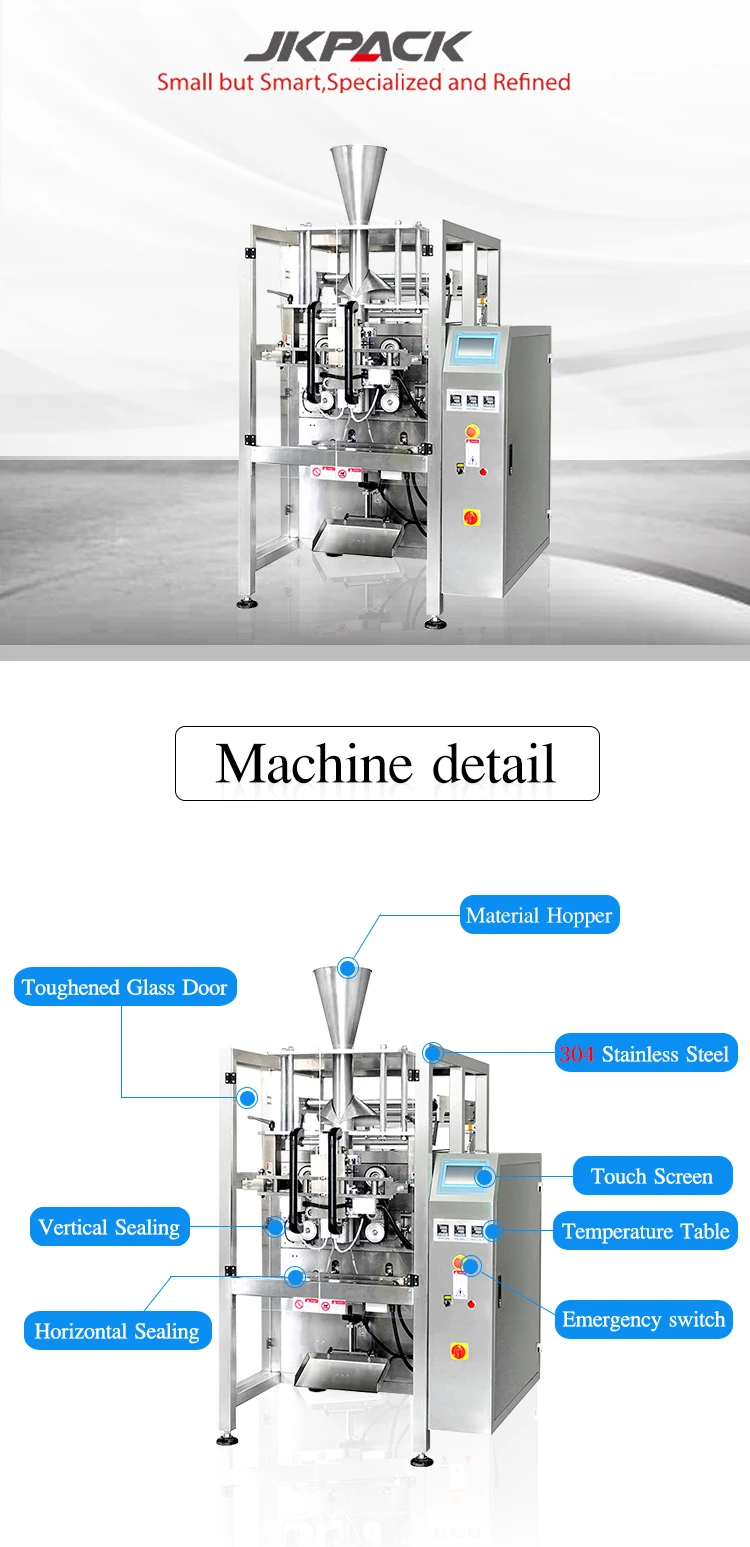A Sustainable Transition: Sustainable Methods in Vertical Packing Machines
Recently, the growing awareness of sustainability challenges has led many industries to seek eco-friendly alternatives in their activities. One area that has experienced notable developments is the packaging sector, specifically through the use of vertical form-fill-seal machines. These systems have not only revolutionized the way products are packaged but have also integrated green practices, aligning harmoniously with the global trend towards environmental responsibility.
Vertical packaging machines provide a variety of benefits, from efficiency to affordability, but their capability for lessening environmental effects is particularly striking. As vertical form fill seal machines to reduce waste and enhance the recyclability of packaging components, these machines are at the forefront, utilizing innovations and materials that uphold eco-conscious principles while maintaining top quality of performance. The shift to green methods in vertical packaging is greater than simply a trend; it is a crucial step towards a cleaner future for the packaging industry.
Benefits of Eco-Friendly Vertical Packaging
Eco-friendly vertical packaging systems offer substantial benefits by promoting environmental responsibility in production processes. They utilize resources that reduce environmental impact, such as biodegradable films and upcycled materials. This shift not only helps in preserving natural resources but also enhances the public perception for companies striving to meet consumer demand for more sustainable products. As businesses embrace these machines, they contribute to a sustainable economy, where waste is minimized, and resources are reused efficiently.
An additional advantage of these machines is their energy performance. Many eco-friendly vertical packaging machines are designed to use less energy during operation compared to conventional models. By using innovative technology and streamlined processes, they can considerably reduce the carbon footprint of packaging operations. This energy efficiency translates into lower operational costs for manufacturers, making eco-friendly solutions an economically viable choice alongside their environmental benefits.
Finally, eco-friendly vertical packaging machines can improve product shelf life while using eco-friendly packaging materials. Enhanced barrier properties of eco-friendly films protect products from outside factors, thus reducing food waste. This not only benefits the environment by reducing waste disposal but also meets consumer demands for high-quality, fresh products. Adopting such machines positions companies as leaders in sustainability, aligning their operations with modern consumer values that value health and ecological responsibility.
Latest Innovations in Eco-friendly Packaging

As the requirement for green options rises, vertical packaging machines are evolving by utilizing modern solutions that focus on environmental responsibility. One significant development is the introduction of biodegradable materials. These machines now employ layers that are biodegradable and eco-friendly substitutes made from biological sources. This shift not only minimizes waste but also corresponds with consumer preferences for eco-conscious products.
Another significant innovation is the use of smart automation systems that improve the packaging process. By utilizing artificial intelligence and data analytics, vertical packaging machines can minimize packaging material usage while enhancing operational efficiency. These systems can modify parameters in instant, ensuring that the least amount of packaging material is used without jeopardizing the integrity and integrity of the items.
Additionally, energy efficiency has become a focal point in the design of vertical packaging machines. Manufacturers are using energy-saving features and alternative energy sources to fuel their systems. This commitment to reducing carbon footprints helps businesses reduce operational costs and satisfy regulatory standards, making the transition to sustainable practices attainable and advantageous for the planet.
Case Studies of Sustainable Practices
One noteworthy case study comes from a leading food manufacturer that implemented vertical packaging machines crafted with biodegradable materials. By transitioning from conventional plastic packaging to compostable films, the company substantially reduced its carbon footprint and catered to environmentally conscious consumers. This change not only enhanced brand loyalty but also established the manufacturer as a leader in sustainable practices within the food industry.
Another case is a packaging solutions provider that focused on increasing energy efficiency in their vertical packaging machines. By including advanced sensor technology and enhancing machine performance, they were able to cut energy consumption by nearly 30 percent. This decrease not only decreased operational costs but also aligned the company's activities with global sustainability goals, demonstrating their commitment to cutting waste and conserving resources.
Lastly, a beverage company embraced vertical packaging machines that utilize less material without compromising quality. By redesigning their packages to be lighter and more compact, they reduced the amount of raw material used in production. This innovation not only reduced waste during manufacturing but also facilitated transportation efforts, resulting in lower emissions and enhanced sustainability throughout the supply chain.